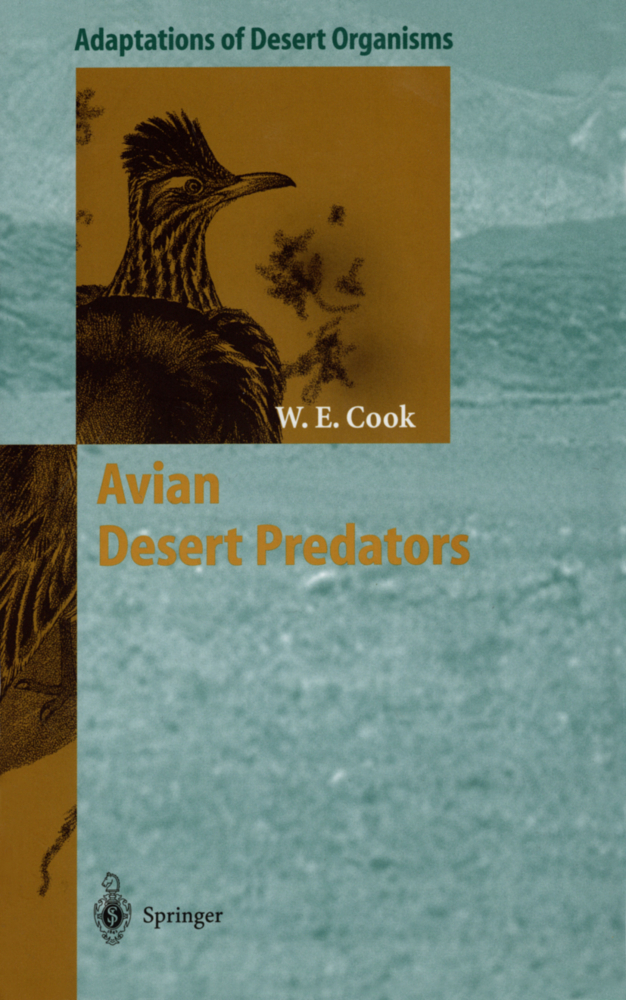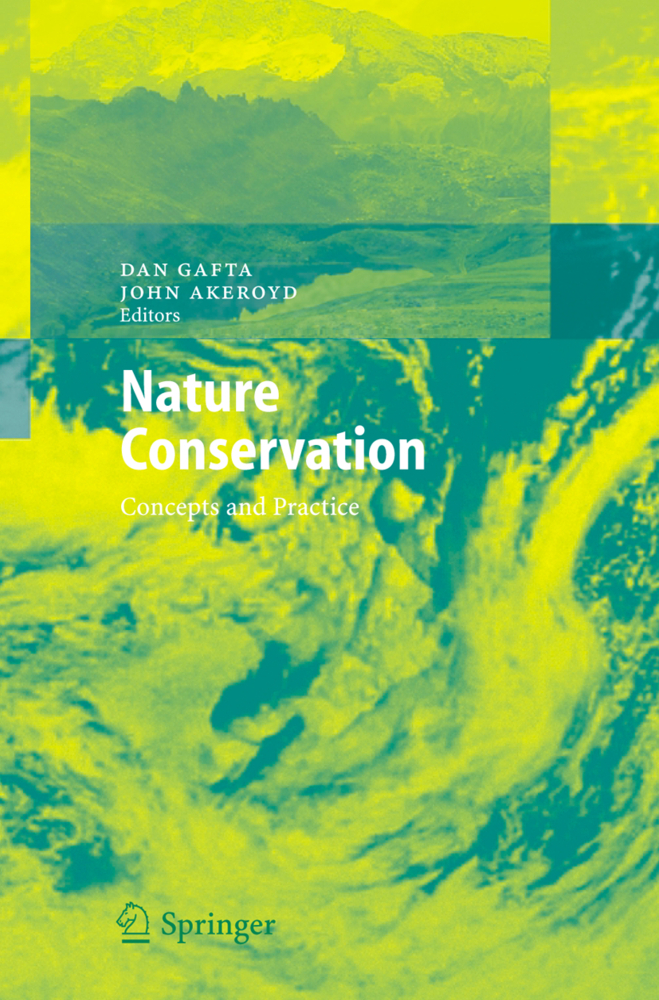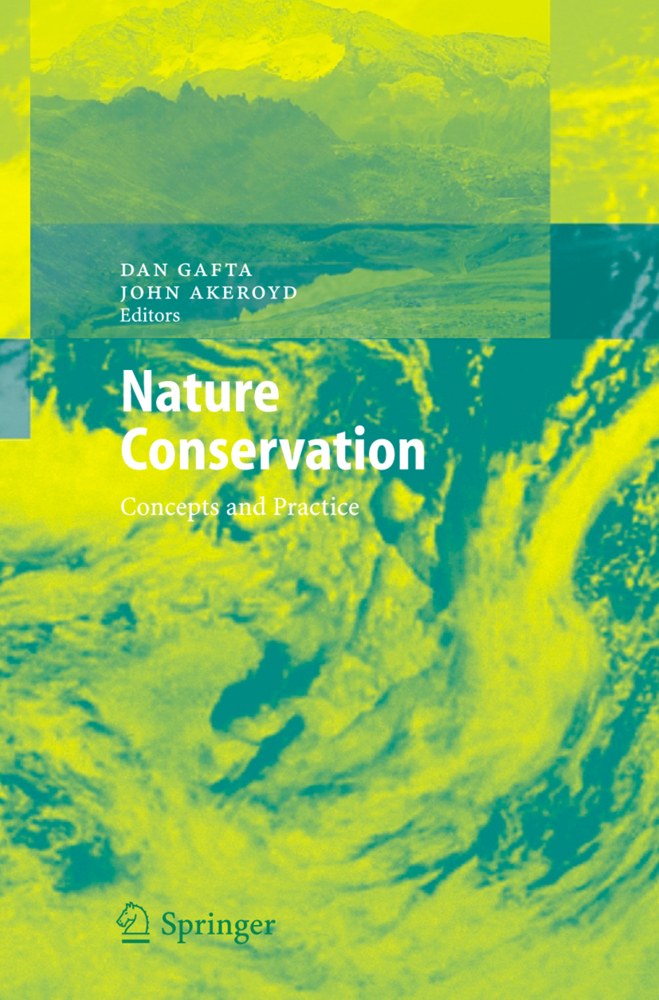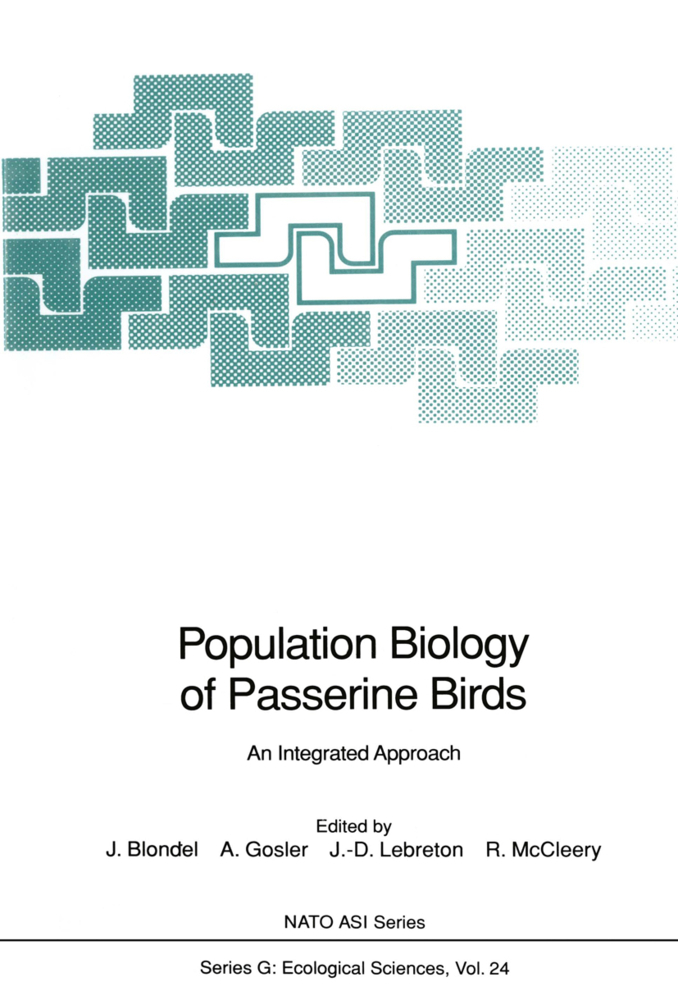Avian Desert Predators
Avian Desert Predators
Birds are not particularly well suited to desert life. Unlike mammals, they are generally active during the day and do not usually go underground to escape the intense desert heat. Among the few types of birds that have successfully invaded the desert ecosystem are the predators. Many species of hawks, owls, roadrunners, vultures, and shrikes survive very well in deserts. What attributes make this group especially suited to desert life? How have they augmented their abilities to cope with the harsh constraints imposed by the desert habitat? These are among the issues explored in this new volume, which brings together much of the current research on adaptations of avian desert predators.
1.2 Temperature Regulation in Desert Birds
1.3 Advantages of a Carnivorous Diet for Desert Survival
1.4 Water Conservation in Desert Birds
2 Vultures
2.1 Predatory Behavior in Vultures
2.2 Temperature Regulation in Vultures
2.3 Water Conservation in Vultures
3 Hawks and Allies
3.1 Predatory Behavior in Hawks and Allies
3.2 Breeding Behavior in Hawks and Allies
3.3 Temperature Regulation in Hawks and Allies
3.4 Water Conservation in Hawks and Allies
4 Roadrunners
4.1 Predatory Behavior in Roadrunners
4.2 Temperature Regulation in Roadrunners
4.3 Water Conservation in Roadrunners
5 Owls
5.1 Predatory Adaptations in Owls
5.2 Temperature Regulations in Owls
5.3 Water Conservation in Owls
6 Shrikes
6.1 Predatory Behavior in Shrikes
6.2 Breeding Behavior in Shrikes
6.3 Temperature Regulation in Shrikes
6.4 Water Conservation in Shrikes
Acknowledgements
References
Species Index.
1 Introduction
1.1 The Desert Environment1.2 Temperature Regulation in Desert Birds
1.3 Advantages of a Carnivorous Diet for Desert Survival
1.4 Water Conservation in Desert Birds
2 Vultures
2.1 Predatory Behavior in Vultures
2.2 Temperature Regulation in Vultures
2.3 Water Conservation in Vultures
3 Hawks and Allies
3.1 Predatory Behavior in Hawks and Allies
3.2 Breeding Behavior in Hawks and Allies
3.3 Temperature Regulation in Hawks and Allies
3.4 Water Conservation in Hawks and Allies
4 Roadrunners
4.1 Predatory Behavior in Roadrunners
4.2 Temperature Regulation in Roadrunners
4.3 Water Conservation in Roadrunners
5 Owls
5.1 Predatory Adaptations in Owls
5.2 Temperature Regulations in Owls
5.3 Water Conservation in Owls
6 Shrikes
6.1 Predatory Behavior in Shrikes
6.2 Breeding Behavior in Shrikes
6.3 Temperature Regulation in Shrikes
6.4 Water Conservation in Shrikes
Acknowledgements
References
Species Index.
Cook, William E.
| ISBN | 9783642643675 |
|---|---|
| Artikelnummer | 9783642643675 |
| Medientyp | Buch |
| Auflage | Softcover reprint of the original 1st ed. 1997 |
| Copyrightjahr | 2012 |
| Verlag | Springer, Berlin |
| Umfang | 128 Seiten |
| Abbildungen | VIII, 128 p. |
| Sprache | Englisch |











